- Joined
- Nov 14, 2014
- Messages
- 851
Well, a bit of metal working, but more work with the paint brush and wire grinder - to do all the prep work. Decided to display my miniature locomotive in the annual local hobby railroad train show. This required new livery, as it had been laid up for years in a sad neglected state due to the advanced age of the prior owner. Figured I needed a deadline to ever get ‘er done so to speak.
Here’s some before and after pics.
Before - relegated to lay up status, after 68 years service.
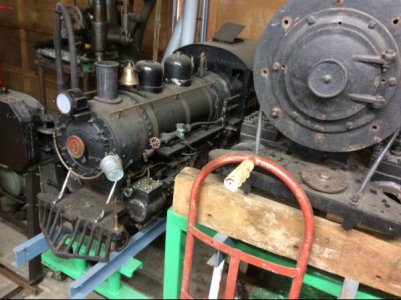
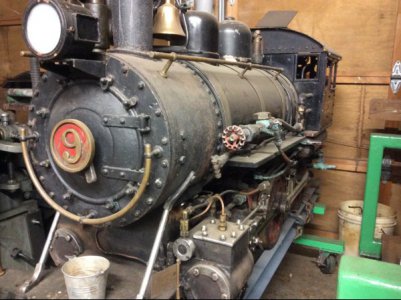
After a month in the paint shop. New Great Northern livery, ready for return to service! The black cab and green boiler jacket are powder coating. The rest is hand applied paint. Lettering is the original Great Northern RR font style vinyl graphics from Miracle Graphics.
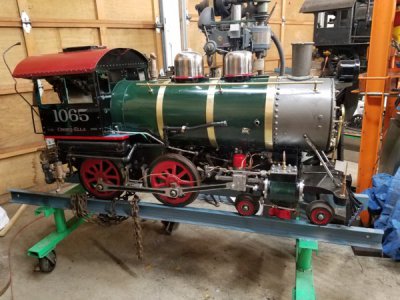
Displaying white ‘extra train’ classification flags on the pilot.
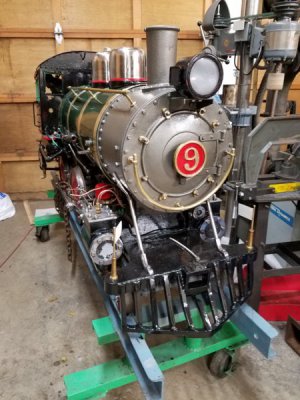
Here’s a shot of the cab numbering and classification markings on the cab. The numerals 1065 and C-50 are actually Ottaway’s original manufacturing and class numbers for the loco. The build date is: 3/1950. “Cinder - Ella” is the loco’s original name.
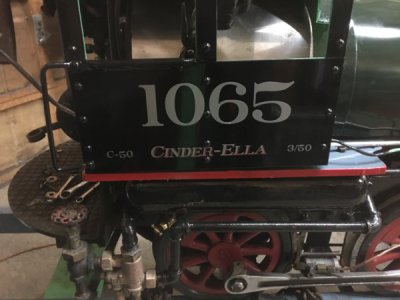
Glenn
Here’s some before and after pics.
Before - relegated to lay up status, after 68 years service.


After a month in the paint shop. New Great Northern livery, ready for return to service! The black cab and green boiler jacket are powder coating. The rest is hand applied paint. Lettering is the original Great Northern RR font style vinyl graphics from Miracle Graphics.

Displaying white ‘extra train’ classification flags on the pilot.

Here’s a shot of the cab numbering and classification markings on the cab. The numerals 1065 and C-50 are actually Ottaway’s original manufacturing and class numbers for the loco. The build date is: 3/1950. “Cinder - Ella” is the loco’s original name.

Glenn
Last edited:


![thumbnail_IMG_20171217_165025945[1].jpg thumbnail_IMG_20171217_165025945[1].jpg](https://www.hobby-machinist.com/data/attachments/207/207399-df10829321287ef57d29cb5a7ae80a61.jpg)
![thumbnail_IMG_20171217_144555560[1].jpg thumbnail_IMG_20171217_144555560[1].jpg](https://www.hobby-machinist.com/data/attachments/207/207400-0f06fb0594ea2722b398b1773f2fa433.jpg)